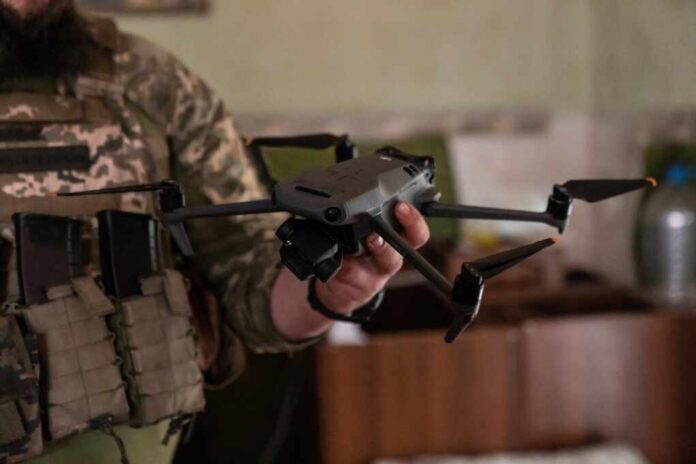
The Pentagon forms a new alliance to tackle drone threats, but is it another massive money pit or a necessary measure?
At a Glance
- The Pentagon establishes a task force to combat escalating drone threats.
- An $800 million budget proposal aims to advance counter-UAS projects by 2026.
- A unified strategy involves integrating kinetic and electromagnetic technologies.
- Defense Secretary Lloyd Austin signs the classified counter-drone strategy.
Pentagon Launches Counter-Drone Initiative
The United States government’s response to growing threats from uncrewed aerial systems is clear: establish a joint task force armed with cutting-edge technologies. Unified military branches aim to bolster defenses against this modern menace that has sparked parallels to the dangers posed by improvised explosive devices of past conflicts. The initiative, led by the Army, focuses on creating adaptable strategies suitable for rapid deployment, all the while pushing for scalable solutions amidst a proposed $800 million budget infusion.
Watch a report: DOD creating joint interagency counter-drone task force
Small unmanned aircraft systems have been a substantial concern for U.S. military personnel since 2016, notably in high-risk zones like the U.S. Central Command area. In a bid to put a lid on these threats, the Pentagon has approved an overarching counter-UAS strategy. This strategy, signed by Defense Secretary Lloyd Austin, underscores the urgency of mitigating threats from weaponized aerial systems.
Watch: The Long View on X: “Israel First: America Last ” / X
— The Long View (@HayekAndKeynes) March 21, 2025
Integrating Advanced Technologies
The 2025 National Defense Authorization Act aggressively pushes the need for a cohesive military approach to counter drone threats. This new interservice task force led by the Army focuses on weaving together kinetic and electromagnetic solutions. As Air Force Gen. Gregory Guillot aptly termed it, drones remain “a safety and security risk to military installations and other critical infrastructure for the foreseeable future.” However, the potential for implementing artificial intelligence into these defense strategies offers a glimpse of hope, optimizing operations to take on UAV threats comprehensively.
“a safety and security risk to military installations and other critical infrastructure for the foreseeable future” – Air Force Gen. Gregory Guillot
As the Pentagon gears up to request increased funding by fiscal 2026, expect significant movement in tech development across branches, including the Navy and Marine Corps. Their independent efforts, however, all fall under the umbrella of a unified goal—a strategic vision to secure U.S. interests against unconventional threats.
Gokarp on X: “An Intro series to the how and why of Long-Range Precision Fires”
— Gokarp (@PLTRs_Palantir) June 13, 2025
Navigating Bureaucratic Waters
Vice Chief of Staff of the Army Gen. James Mingus has been vocal about the urgency of creating a joint, interagency entity with the “authorities to go after requirements all the way through acquisition in a rapid way.” The cumbersome nature of government bureaucracy, however, raises skepticism. Are we addressing threats or merely indulging in another tax-funded spending spree?
“How does a local base commander balance those risks, especially when we know that at least a substantial amount of these drones are just, you know, some guy that’s just flying around. We do know those people exist, and they may just be flying in the general area. And so how you appropriately assess and engage that threat can be a challenge in a domestic environment where you know that someone might get very well upset that their drone got shot down as well as, you know, managing some of the legal issues that come with it. So I think there’s a lot of uncertainty in terms of how to do that.” – Zak Kallenborn

























